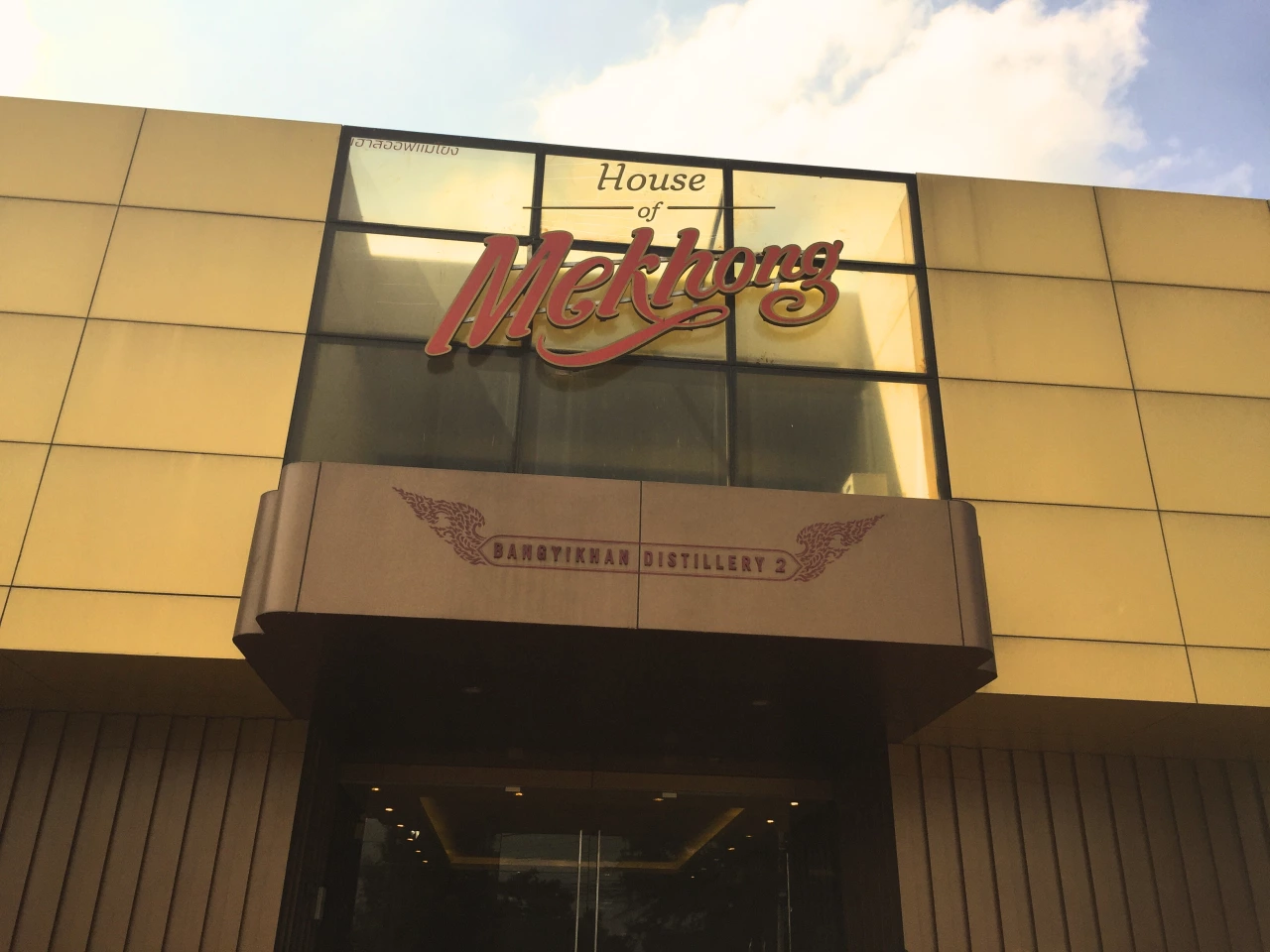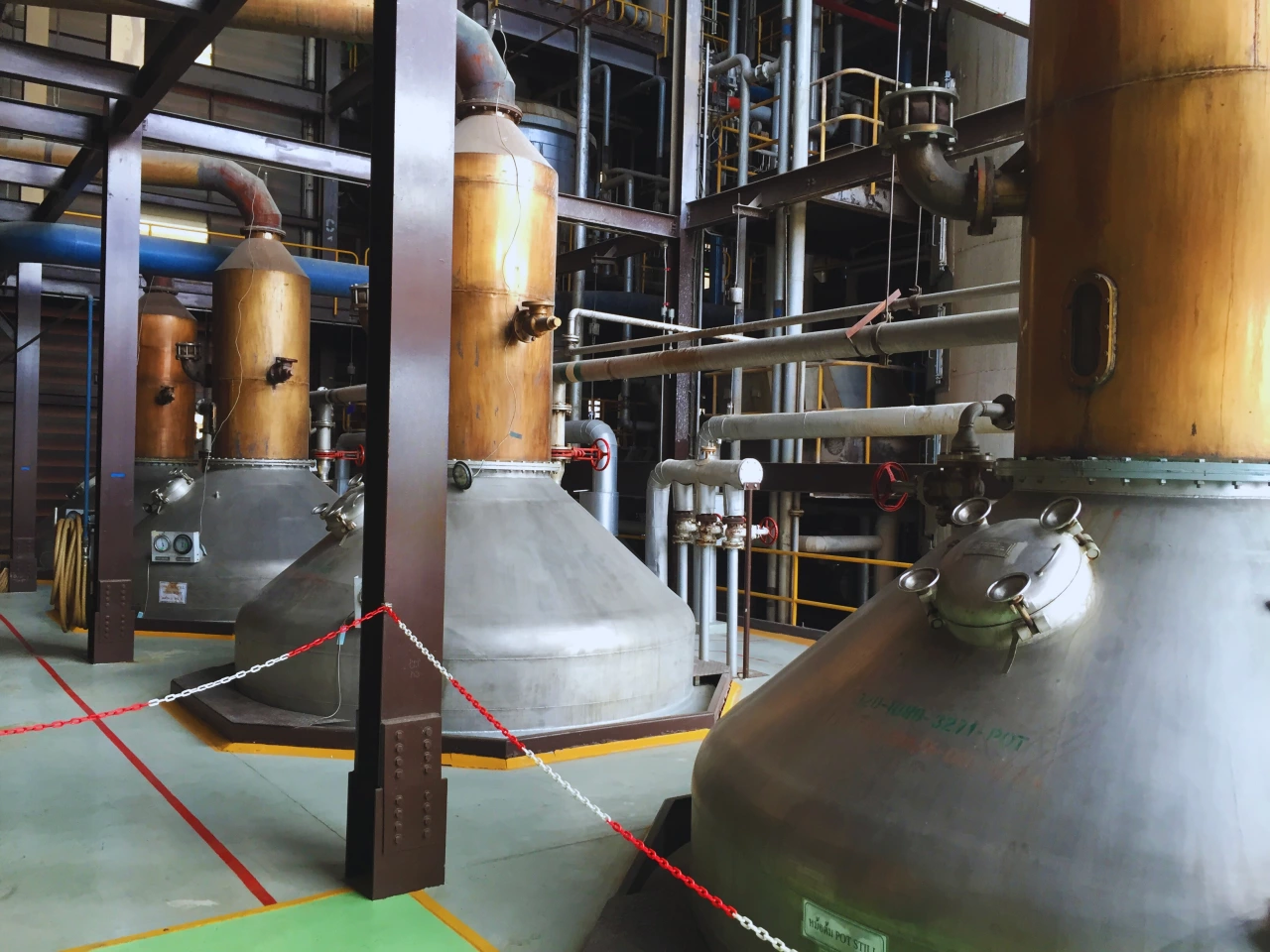Where We Operate
As our name makes clear, we produce finely crafted spirits at facilities in far-reaching corners of the world. Our brands are distributed and enjoyed in more than 85 countries and territories.
- International Beverage
- Thaibev
- AIB
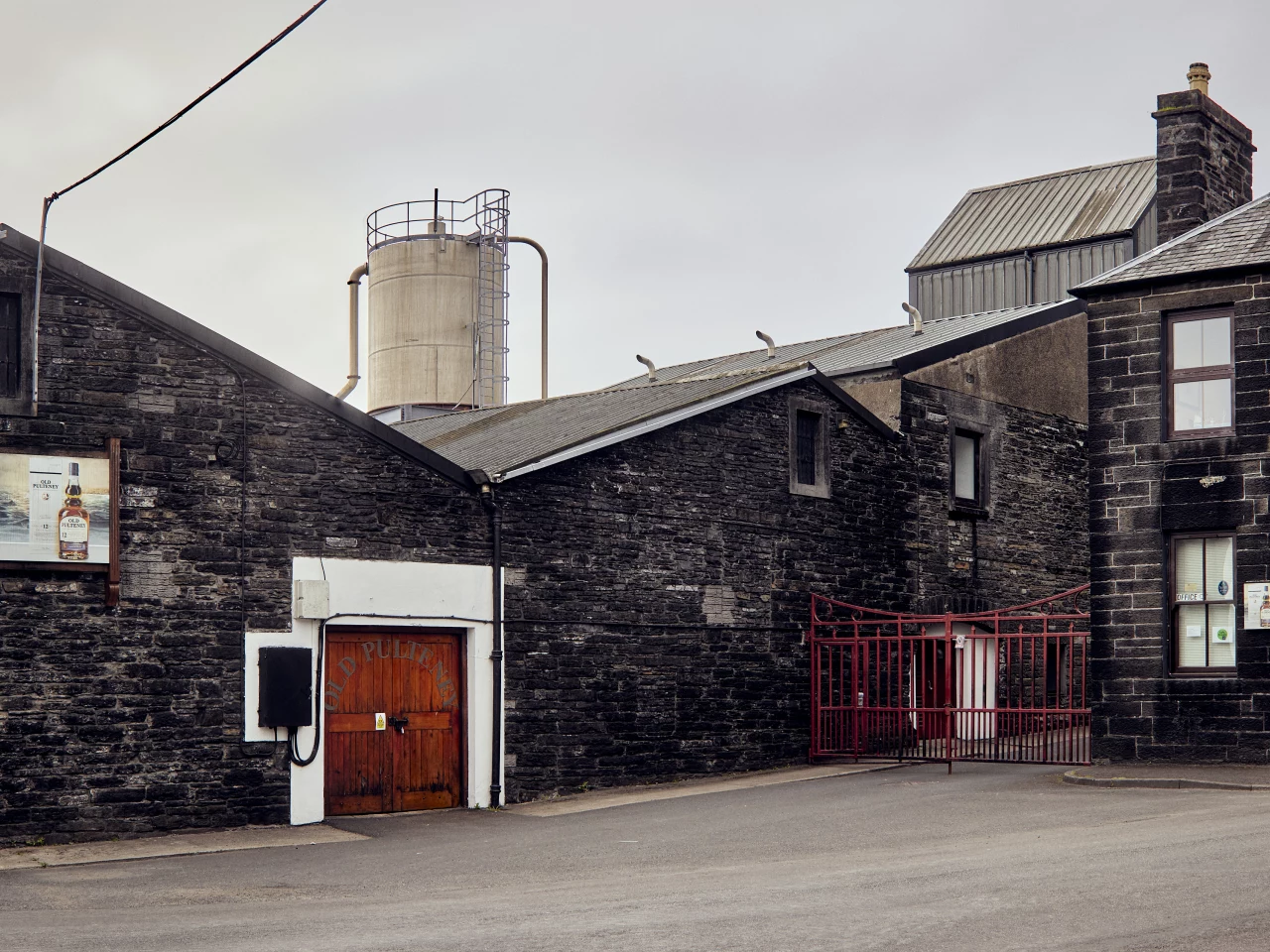
Pulteney Distillery
Pulteney Distillery was established in 1826 in the heart of 'Pulteneytown', the town created to house fishermen at a time when Wick was a thriving fishing port and known as the herring capital of Europe.
Learn about Pulteney Distillery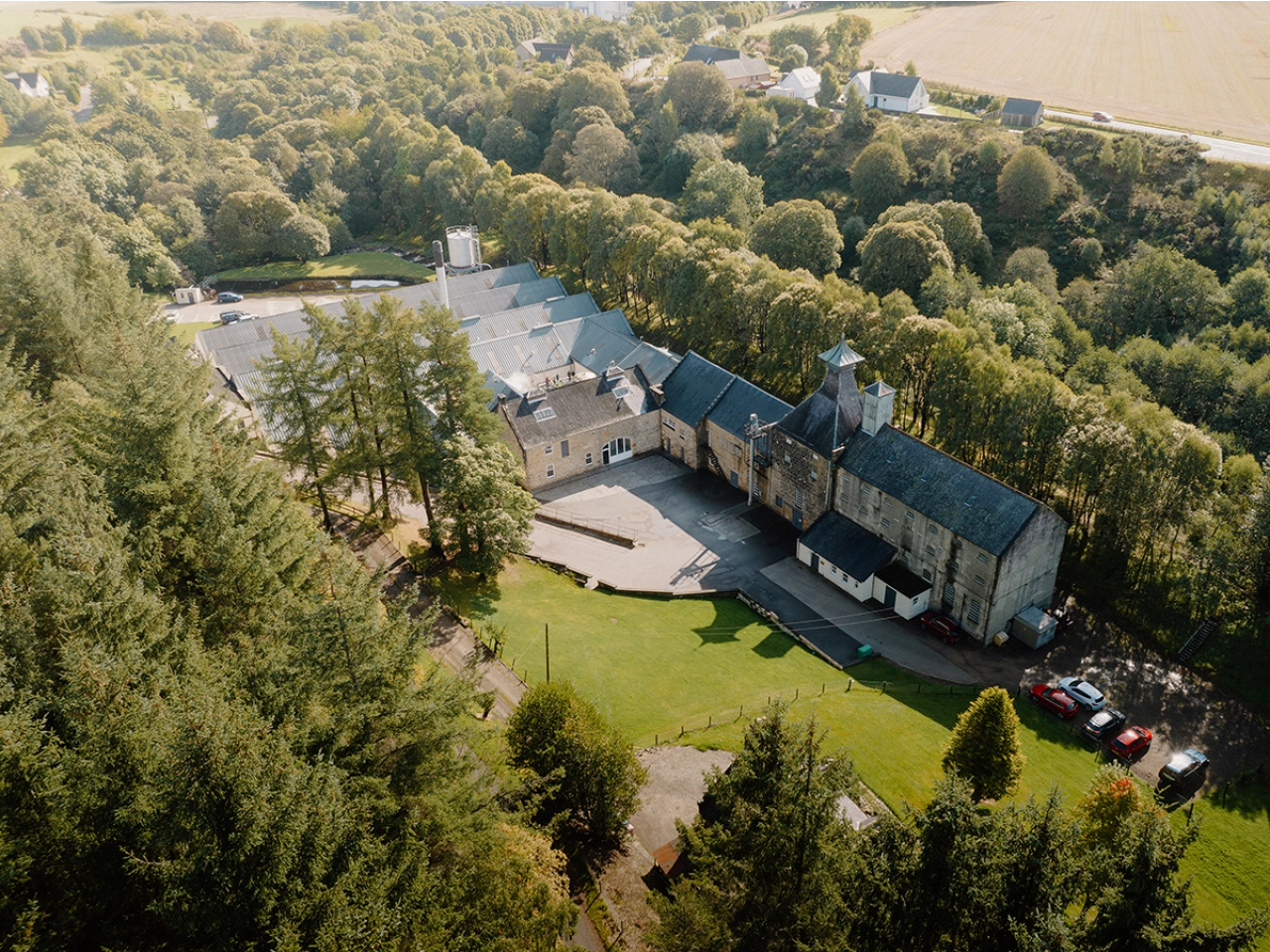
Speyburn Distillery
Distilled since 1897 in the world-renowned Speyside region of Scotland, Speyburn Distillery embodies the generations of commitment, experience and tradition that go into producing award-winning single malt scotch whisky.
Learn about Speyburn Distillery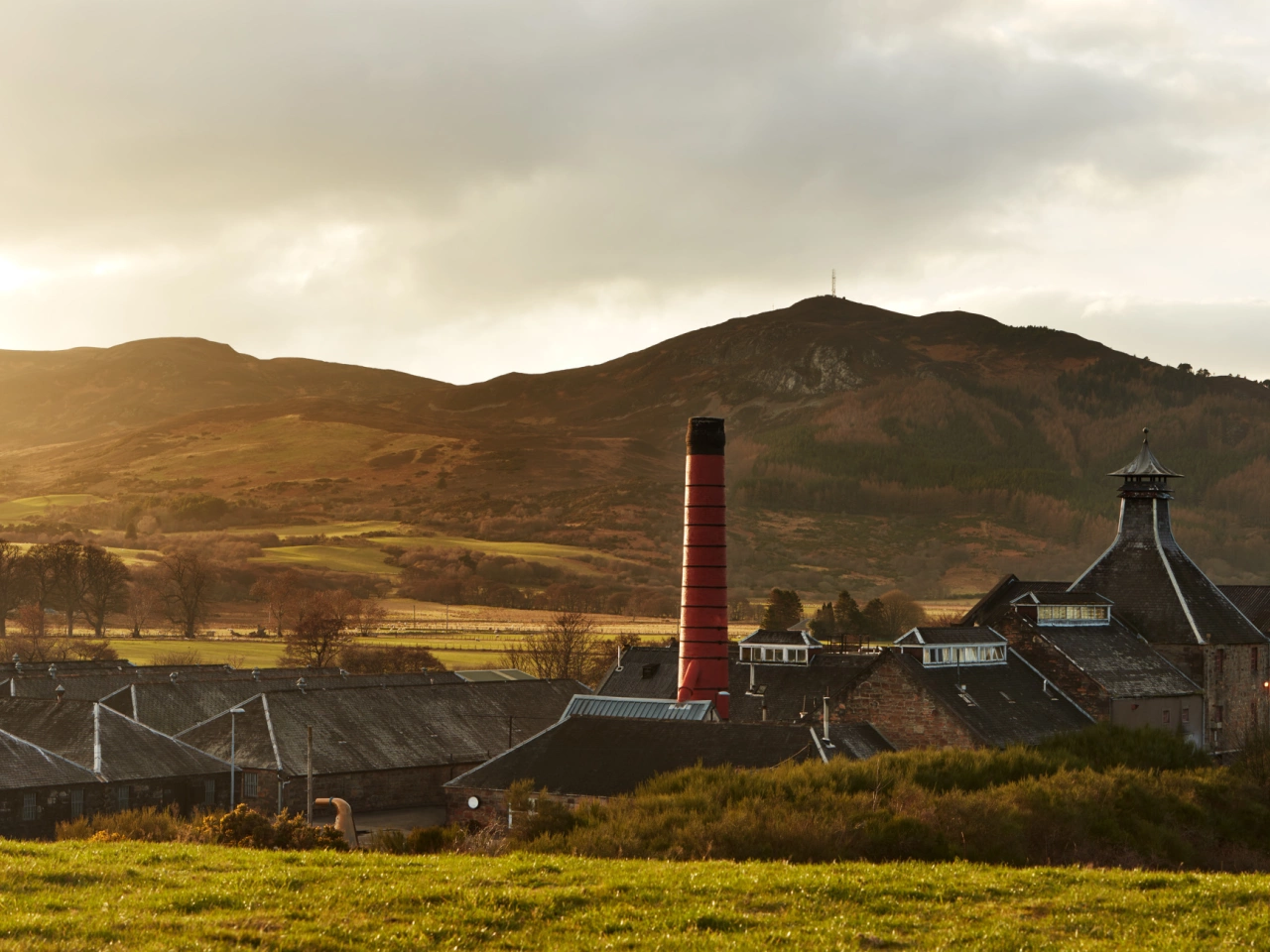
Balblair Distillery
As the quintessential distillery, Balblair sits on a remote and unspoiled hillside overlooking the Dornoch Firth in the North of Scotland. Balblair whiskies are the embodiment of everything they stand for, using only the finest ingredients and traditional methods.
Learn about Balblair Distillery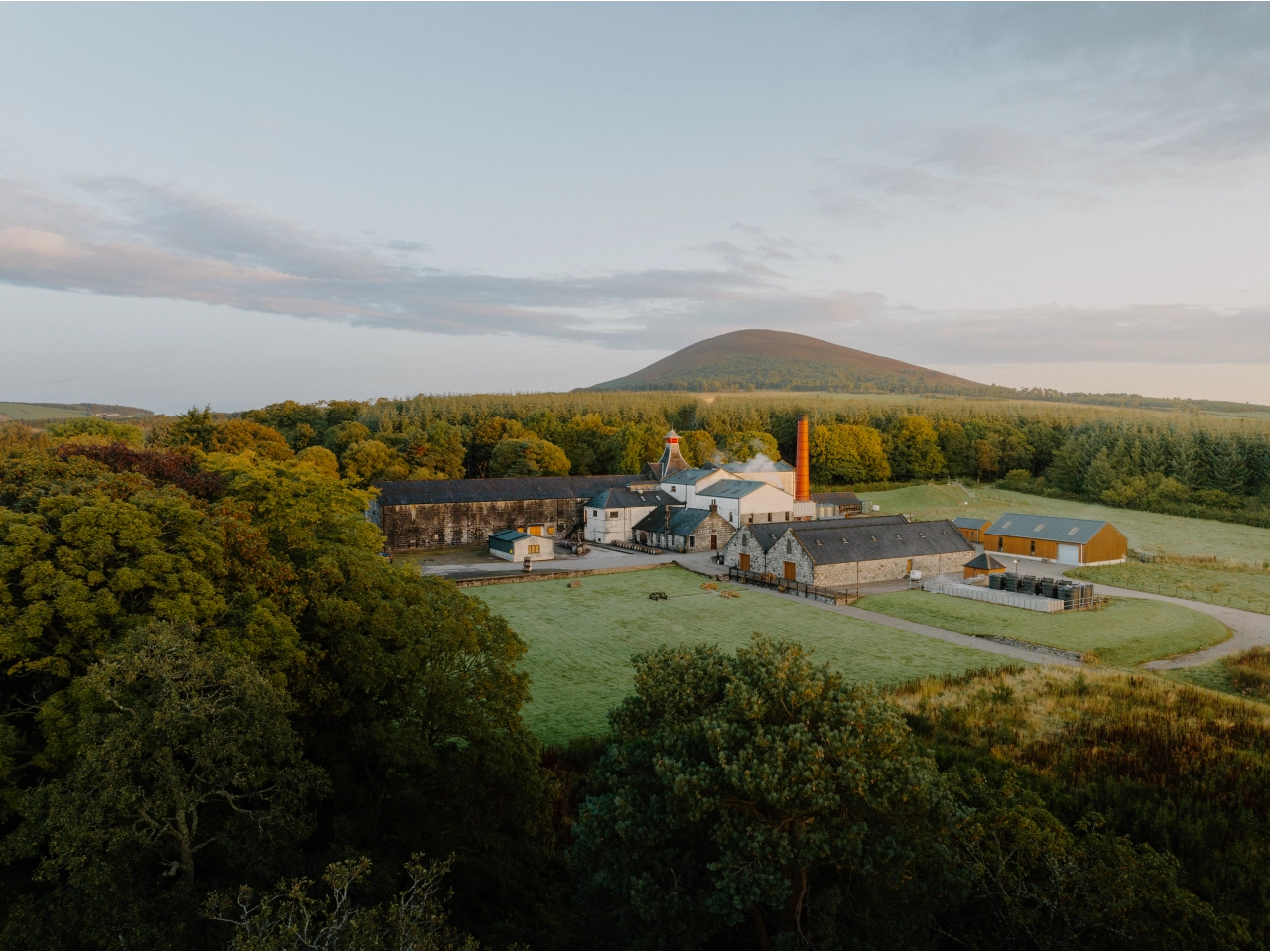
Knockdhu Distillery
Picture an expanse of barley fields, with a rich supply of peat and crisp, clear springs of water close at hand. Couple that with the presence of the Great North of Scotland railway line on your doorstep and it’s not hard to see why John Morrison embraced the opportunity to turn a gift of nature into something unique to share with the world.
Learn about Knockdhu Distillery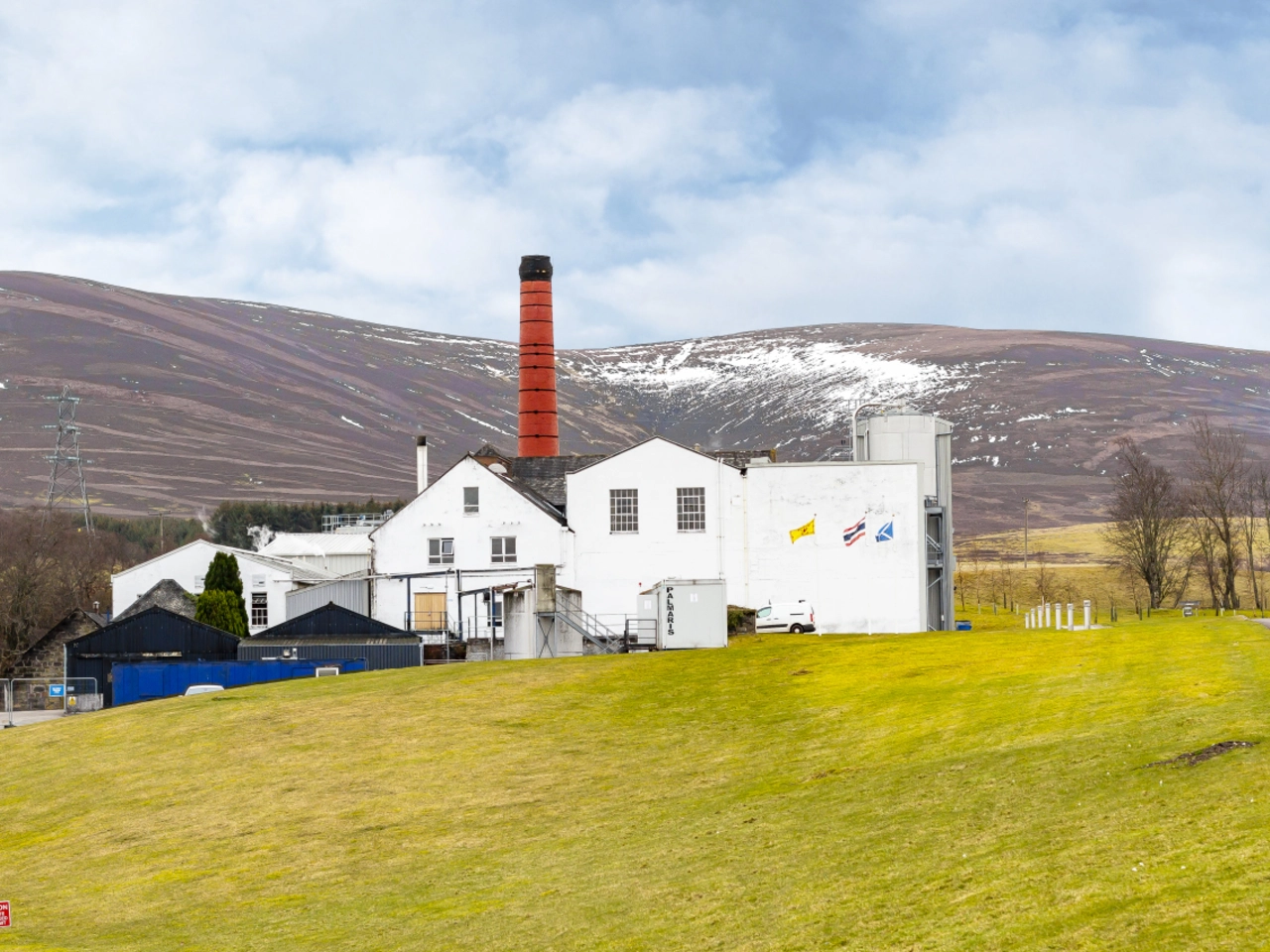
Balmenach Distillery
The history of Balmenach Distillery is as old as it is acclaimed. One of the first distilleries in Scotland to be licensed in the production of Scotch whisky in 1824, Balmenach has been a byword for excellence for over two centuries. Set in a spectacular backdrop, quite unlike any other; it lies in the heart of Speyside’s rolling hills, with breath-taking views of the Scottish Highlands.
Learn about Balmenach Distillery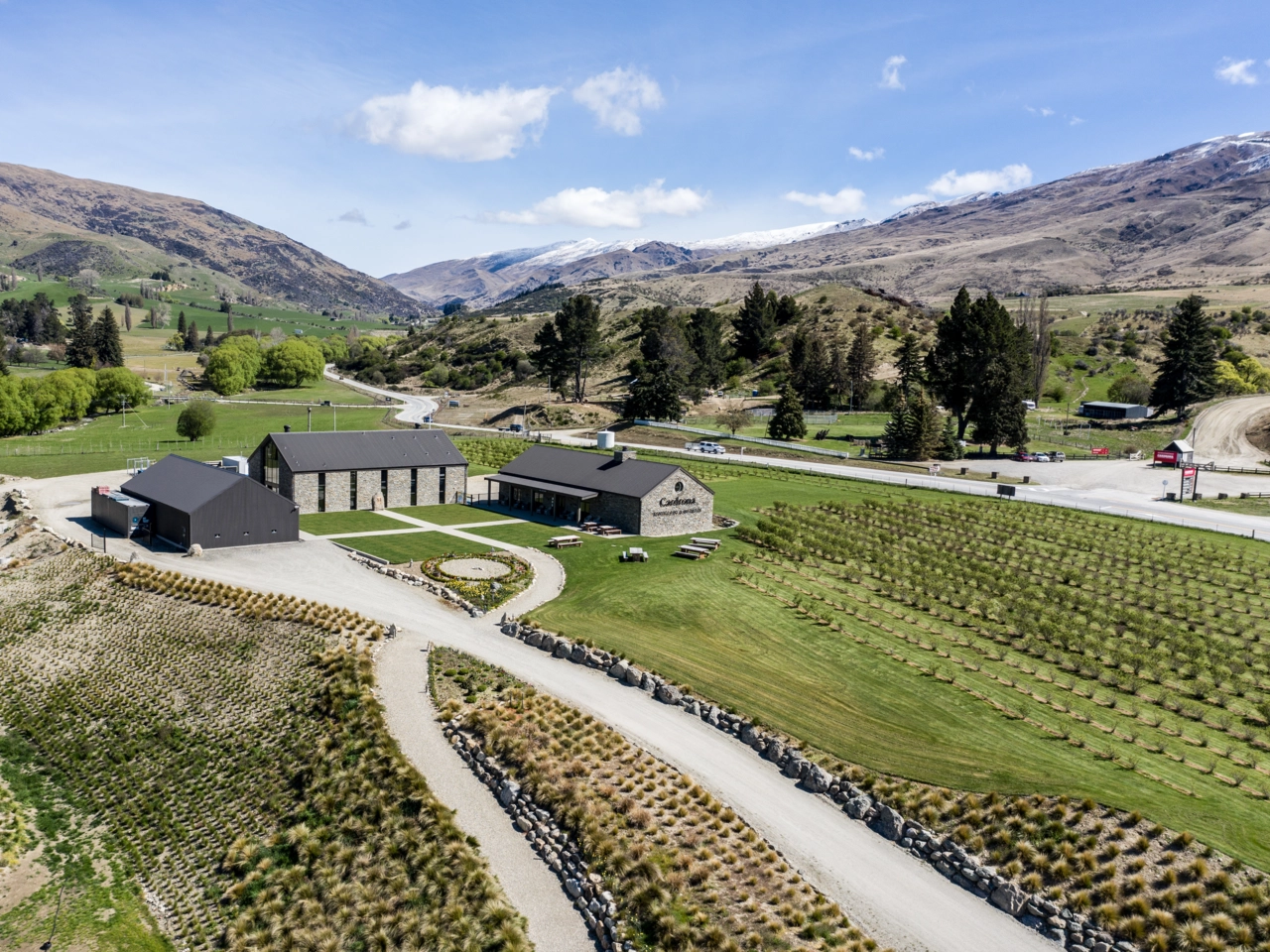
Cardrona Distillery
Founded in 2015 Cardrona is a craft distillery located in the stunning landscapes and natural beauty of the Crown Range in New Zealand. The artisan distillery uses high-quality ingredients and traditional distillation methods to create distinctive and flavorful whiskies aged in bourbon, sherry, and New Zealand wine casks, allowing the spirit to develop a unique character.
Learn about Cardrona Distillery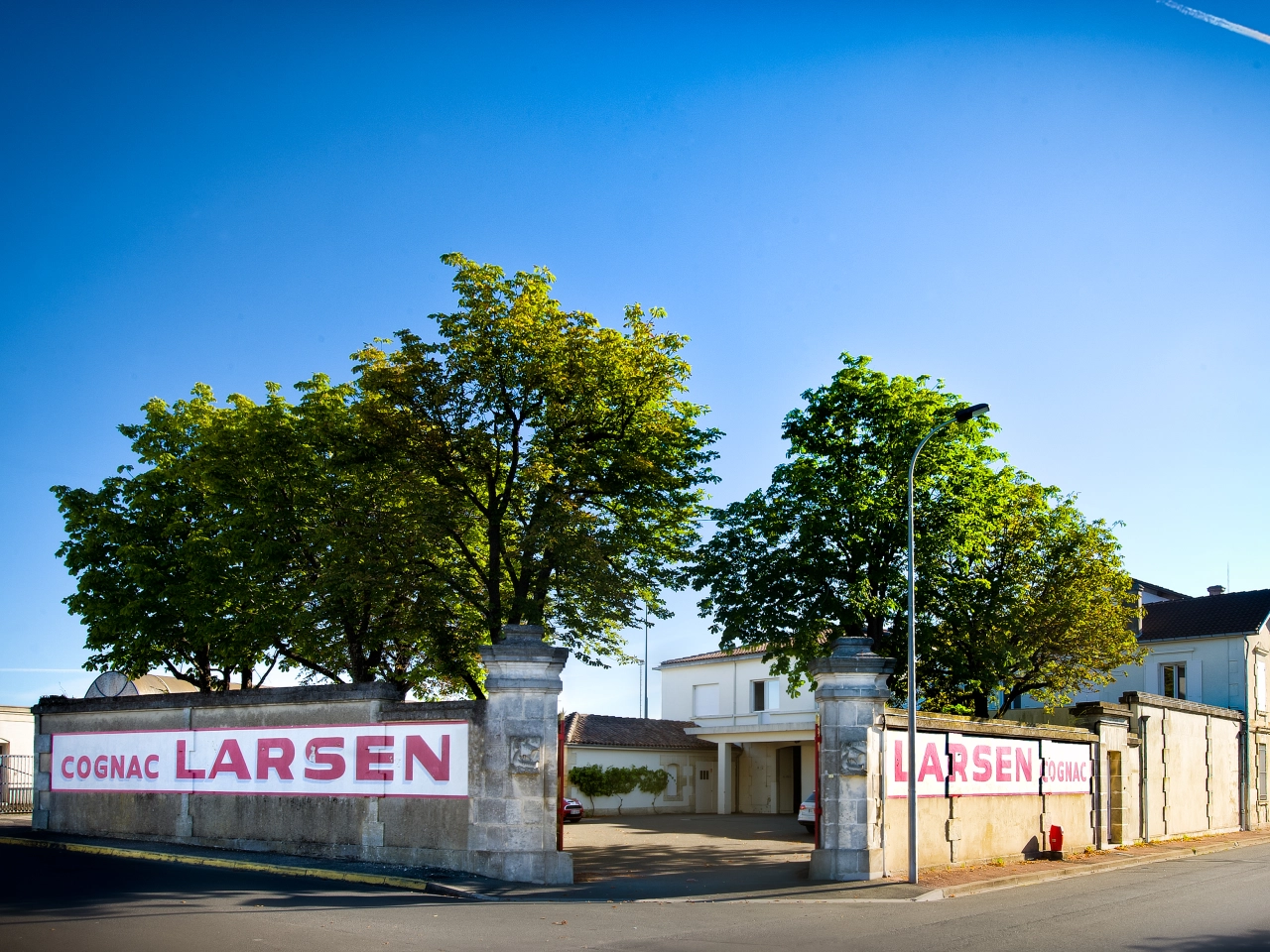
Larsen le Cognac des Vikings SAS
Founded in 1926 by Norwegian adventurer Jens Reidar Larsen after he settled in South West France, Larsen Cognac boasts a very special distillation procedure which is a crucial part of Larsen Cognac style.
Learn about Larsen le Cognac des Vikings SAS
Asiaeuro International Beverage
Asiaeuro International Beverage (AIB), established in 2018, has two operating entities – Asiaeuro International Beverage (Guangdong) Co. Ltd in mainland China and Asiaeuro International Beverage (Hong Kong) Limited in Hong Kong.
Learn about Asiaeuro International Beverage
